
Not too long ago, if someone would have told you that a plus-sized model was to make the front cover of Sports Illustrated Swimsuit Edition, you would have shaken your head in disbelief. Up until recently, the fashion industry did not allow for such diversity. The whole premise of high fashion and the industry, in general, was built upon exclusivity. However, things are changing.
Not only did Ashley Graham become an integral player in the mainstrean body positivity movement with her Sports Illustrated Swimsuit 2016 cover, but that monumental moment also sparked a grain of inclusiveness in the fashion industry that was never there before.
To say that Ashley Graham shattered a glass ceiling is an understatement. She gave women of all shapes and sizes the confidence to be proud in their own bodies, no matter what they see on magazines and TV. But this newfound diversity in the fashion industry didn’t just stop at plus-sized models. There is a new group rising to popularity.

Enter transgender models. Thanks in part to Caitlyn Jenner’s public transition, the LBGTQ community as a whole have experienced much more social acceptance and celebration in recent years. How does that translate to the fashion industry? Just take a look at Mansur Gavriel. Lyst points out that the New York-based accessories brand began in 2012 and shows a healthy selection of their latest products. Being that it is a newer fashion label, the brand is more progressive in nature.
Perhaps that statement might be better supported by Mansur Gavriel’s newest face of the brand, a transgender model by the name of Hari Nef. Hari is a well-known trans activist, and as the face of the cult label’s first high-profile campaign, there are a lot of waves being made. You can read all about their new campaign on The Fashion Spot, but the main takeaway is that fashion is becoming a lot more diverse. And consumers are responding positively.

In fact, Mansur Gavriel isn’t the only brand that decided to forego choosing a traditional model to promote their products. The movement has spread as far as conservative India, where a sari brand named Red Lotus decided to use all transgender models in its latest collection’s campaign. According to Mashable, the designer Sharmila Nair named the collection “Mazhavil,” which is the local word used for rainbow. Thus, the sari collection embodies its name, using the colors of the rainbow and representing the LBGT community with transgender models.
While these current brands are doing great things for diversity in the fashion world, we cannot ignore that transgender models have been pushing barriers for decades. In the 1970’s, Clairol featured the first black transgender model, Tracey “Africa” Norman, but hardly anyone knew her “secret” back then. It was a bold move for such an iconic brand to choose Tracey, despite the fact they did not shout about their decision.
Hari Nef was also seen in H&M’s sister brand Other Stories in a 2015 campaign, alongside model Valentijn De Hingh. What is groundbreaking about this campaign is that the photographer Amos Mac, stylist Love Bailey and makeup artist Nina Poon were all transgender.

The gender non-conforming community and discussions around how to break down hetero-normative standards in the fashion world are clearly having an effect in campaigns featuring cis-gender models. Celebrity offspring Jaden Smith made waves by being featured in Louis Vuitton’s SS16 Womenswear campaign, and CoverGirl just announced 17 year-old James Charles, an aspiring makeup artist from NYC, to be their first ever “coverboy”.
Androgynous models like Rain Dove, who was appropriately featured in a Dove commercial and has modeled menswear, and Swedish model Erika Linder who has appeared in campaigns for Tom Ford and Louis Vuitton menswear are pushing the boundaries in terms of gender aesthetics. This is what we need to see more of – what was once considered “niche” or “other” becoming part of the mainstream conversation about fashion.
Though the movement of transgenders in fashion still has a lot of stereotypes to crush and opinions to challenge, it is a strong force that’s not showing signs of stopping. All it takes is brands like Mansur Gavriel and Red Lotus to use their platforms for greater social impact. Fashion is finally becoming inclusive, and it’s hard to believe just how far we’ve come in just the past couple years. We can only imagine how diverse the industry will be in another five or 10 years.












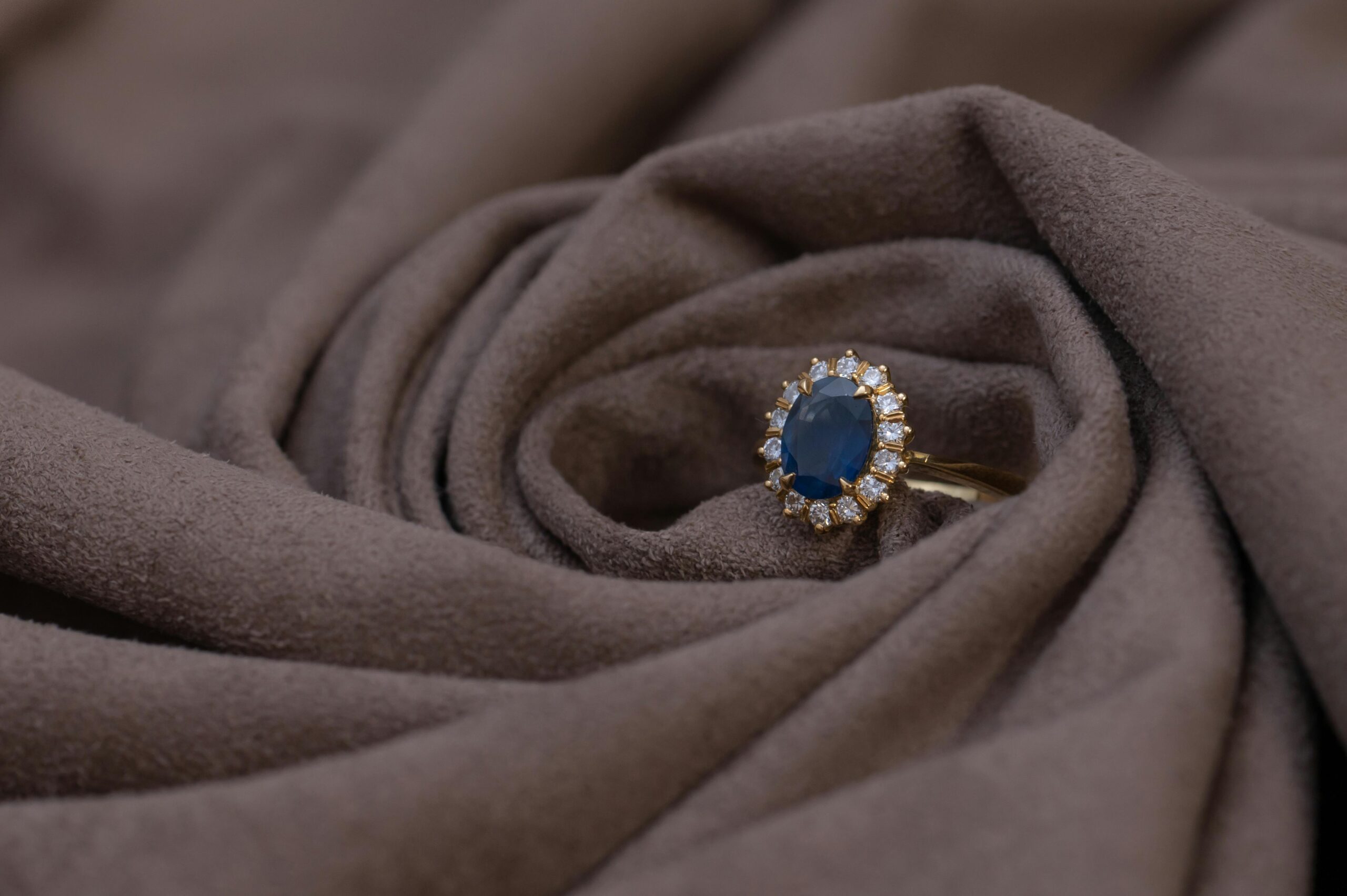

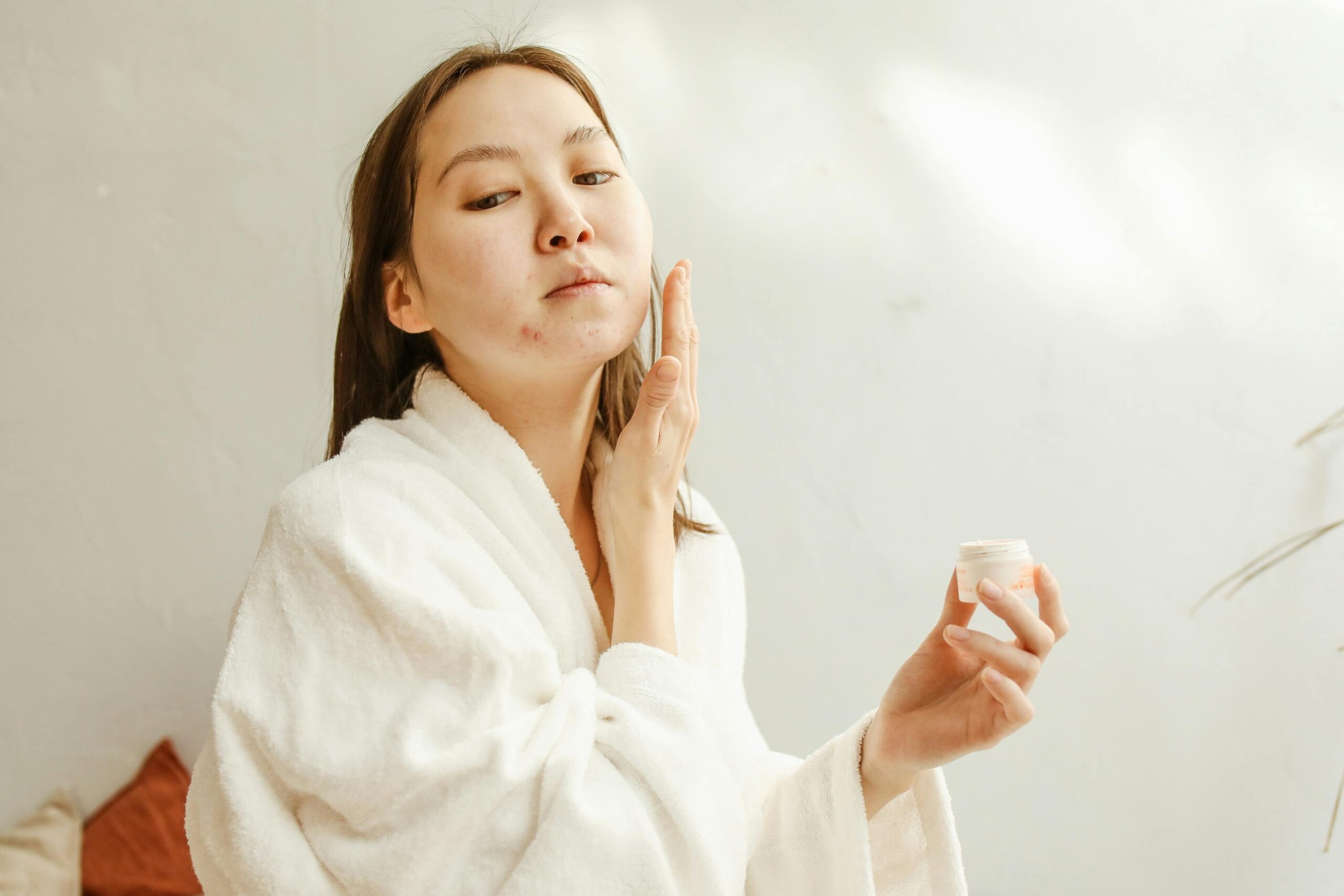
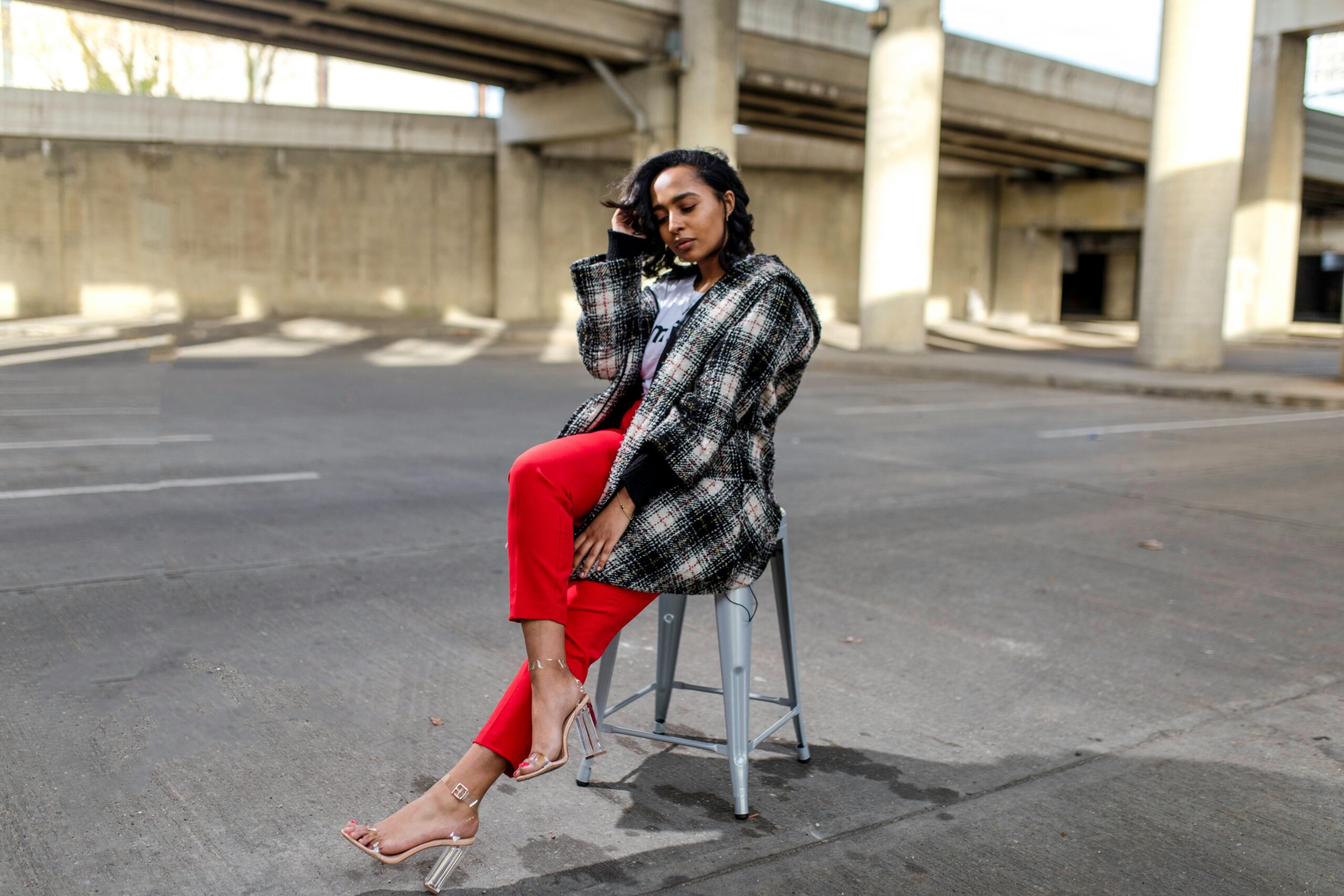
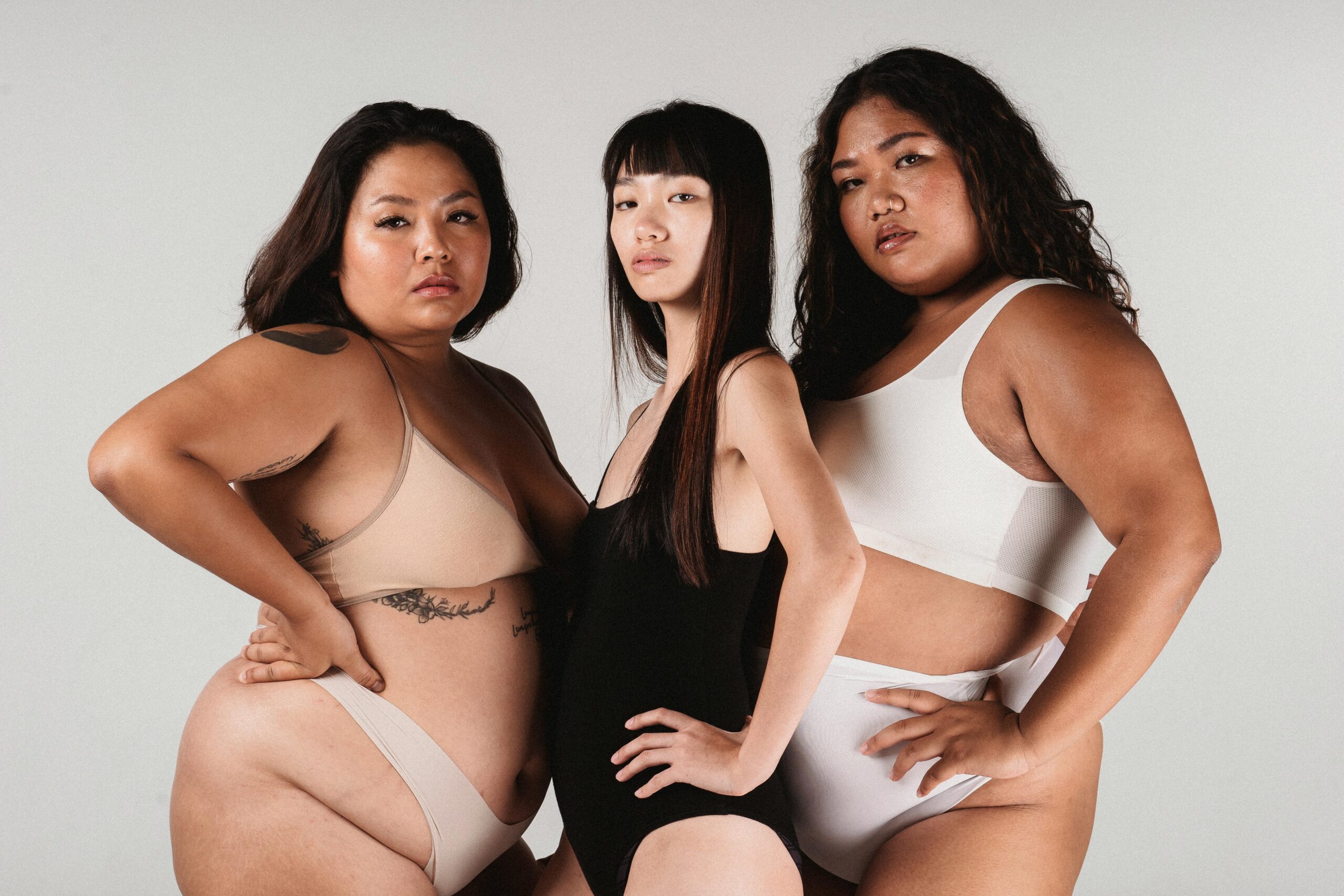
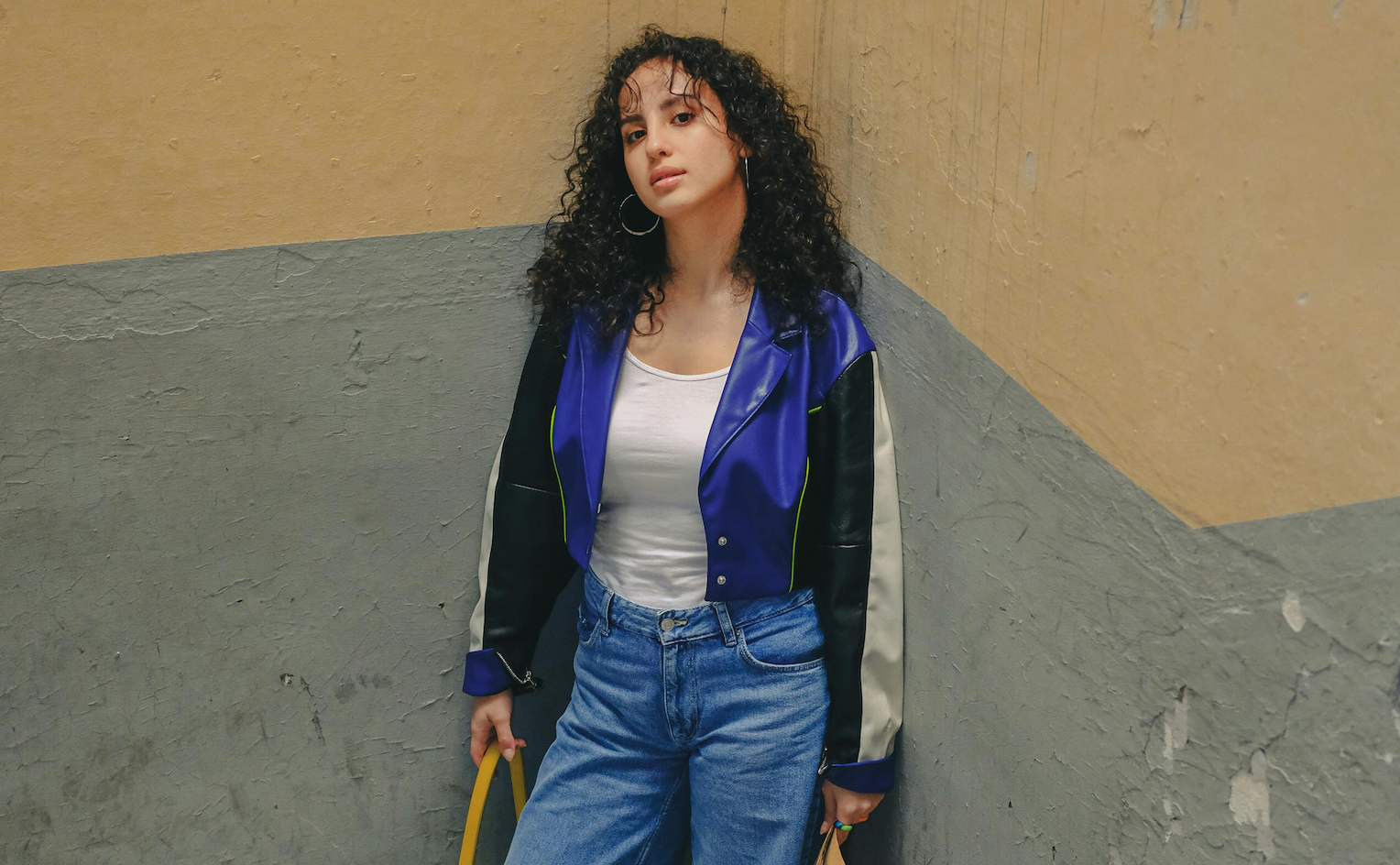
2 thoughts on “How The Transgender Model Movement Is Diversifying The Fashion Industry”